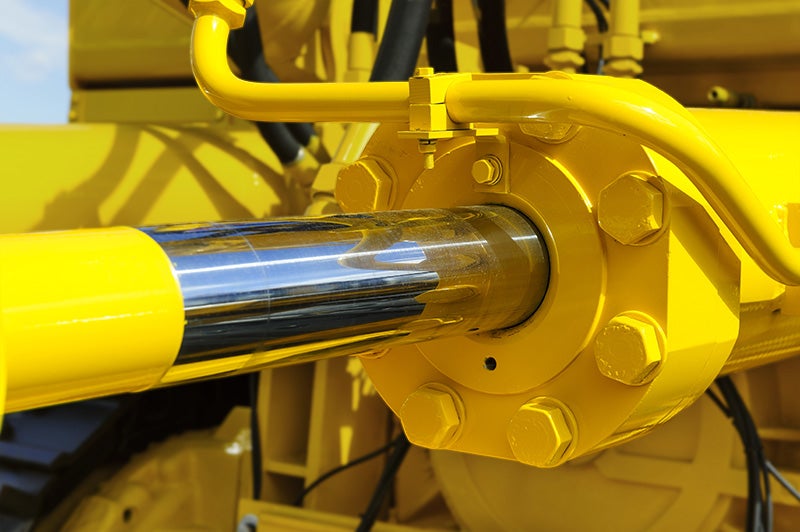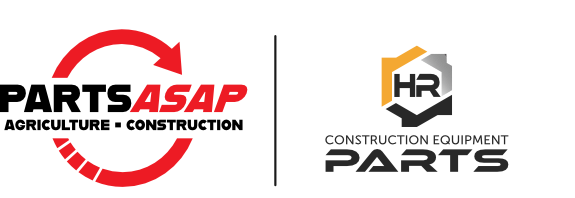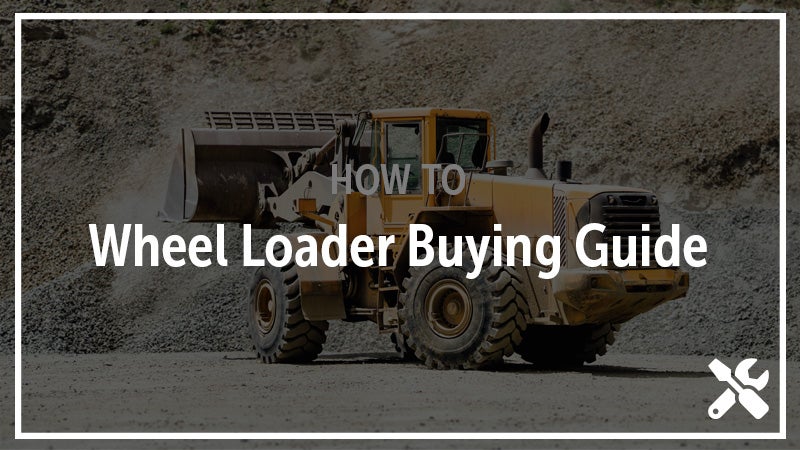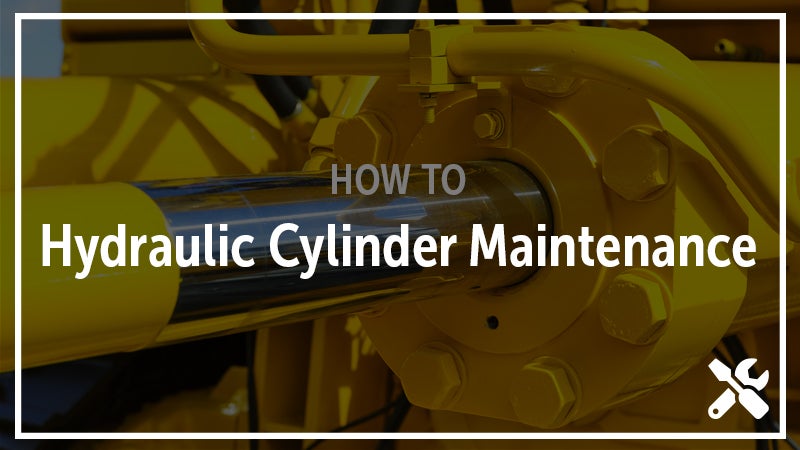
6 Short Tips for Simple Hydraulic Cylinder Maintenance
Every day at H&R, our teardown experts encounter a wide range of hydraulic cylinders from bucket cylinders to steering cylinders to tilt cylinders and all cylinders in between. And the condition of those cylinders can be as wide ranged as their type and design. Often the difference between a cylinder that can be repaired and one that will never make it back to a machine is how it was cared for.
No cylinder will last forever, but if you’re hoping to ensure your hydraulic cylinders are working their best for their longest we’ve put together these short tips to help.
Spot Problems Early in a Hydraulic Cylinder By Avoiding Debris Buildup
No operator or machine owner wants to spend the bulk of their time focused on keeping their machine clean when it could be better spent putting it to work, but especially in the case of hydraulic cylinders cleanliness is a big step to maintaining overall health.
Every time you expand and retract a hydraulic cylinder you increase the likelihood that it will carry outside debris into the barrel, but keeping both the cylinder and the surrounding area clean is also a solid way of making sure if a problem develops you’ll be able to spot it early. The accumulation of oil and build-ups caused by oil clumping with dirt can act as little flags to alert you to take a closer look.
When your maintenance plan includes time for keeping cylinders and their surroundings clear of debris you’re taking a firm step in the right direction.
Avoid Side Loading Your Hydraulic Cylinder
What Does it Mean to Side Load a Hydraulic Cylinder?
The term ‘side loading’ applies to instances where a cylinder rod is being pushed from the side. Side loading can occur from either side of the cylinder, the top, or the bottom and the effect of the side loading is that the rod will be pushed in a direction, forcing it to be improperly aligned with the cylinder’s housing.
What Are the Effects of Side Loading a Hydraulic Cylinder?
When a cylinder experiences too high of pressures from the side the misalignment of the rod can lead to increased wear in seals, warping or gouging in the cylinder rod, and even bending of the rod. Over time and at extremes the effects of side loading can lead to failure of the cylinder.
How Do I Avoid Side Loading a Cylinder?
The effects of side loading in a cylinder are felt the most when a cylinder is fully extended and when weight or forces applying against the side of the cylinder are the highest. To avoid negative effects from side loading on the cylinder, a knowledgeable machine operator should plan actions with the state of the cylinders in mind, minimize time when the cylinder is under heavy side loads, and reduce instances where a side load can be amplified like when the machine is moving.
Prevent Cylinder Rusting and Pitting
Rust and pitting in the chrome of a hydraulic cylinder is much more than a simple cosmetic issue. When rust and pitting forms in the chrome, friction increases with the seals and leads to them wearing out faster. As seals wear out, fluid is more likely to escape the cylinder and debris is more likely to enter it, as well. These rougher rods also enter and exit the barrel less efficiently and force the cylinder to work harder with every action.
How Do I Keep My Hydraulic Cylinder From Rusting?
The chrome on a cylinder develops rust because of exposure to water and oxygen so the ideal storage method would be to store the cylinder with the rod retracted, the oil free of any moisture, and the machine parked inside and out of the elements — That’s impossible for pretty much everybody. But you can try to plan any extended storage with those ideas in mind and take a stepped approach to mitigating rust.
Also, since every time you extend a cylinder a microscopic layer of oil remains on the rod and the action of retracting the cylinder removes some materials on the cylinder, if a machine will be left out for an extended period of time and the cylinder must be stored extended, you can periodically extend and retract the cylinder to freshen up its protection.
Avoid Overloading or Overheating Your Cylinders
Now and then, everybody pushes a machine a little harder than they probably should, but continually running a machine past the limits of what it is designed to do can have detrimental effects on the entire machine and especially sensitive parts like your cylinders. Since your cylinders are only designed to handle so much force when you exceed that force they might not always respond well and that response could be simple wear or a sudden catastrophic failure.
Just as commonly is exposing your cylinder to situations where it can overheat. Clean oil and a clean cylinder can help to avoid that, but even then a cylinder can heat up under certain situations. If you find yourself performing a repeated action for an extended period of time, take a minute to consider if that work is allowing the cylinders time to cool. An occasional break can be good for both the operator and the cylinders.
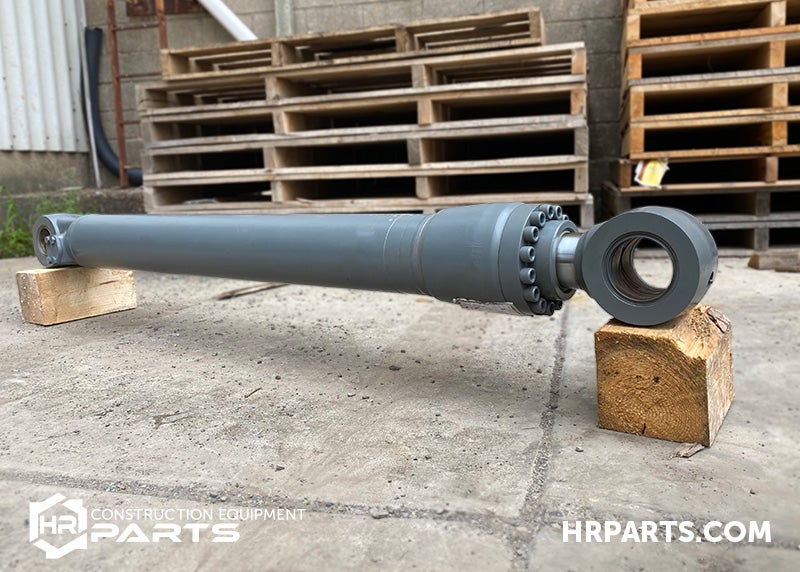
Repair or Replace Your Cylinders Before They Fail
Every machine needs some amount of planned downtime for work and repairs and one of the signs of the best operators is making sure that time is as productive as possible. When you know a machine will need to come in for maintenance, take a few minutes to check your cylinders and see if they’re sitting at the edge of failure. If squeezing a few extra hours out of the cylinder will only lead to the machine coming back into the shop in the near future, it may be more practical to swap in a new cylinder before you reach that stage.
When you take a proactive approach to replacing your cylinders you also ensure damage to the cylinder’s core is avoided and you benefit from an opportunity to locate a replacement cylinder and have it waiting and ready to go right when you need it — avoiding any downtime while you wait on a part.
Fix the Cause with the Cylinder
If your cylinder does fail and need to be replaced or repaired, be sure to take time to diagnose the underlying issues that led to the cylinder’s failure. If the cylinder failed simply because of prolonged use you can try to take actions to mitigate wear on the cylinder and extend the replacement cylinder’s working life. If the failure was sudden or not clear, taking time to perform a short post-mortem on the failed cylinder can help you spot the underlying cause of the failure and be sure that the new replacement cylinder won’t suffer the same fate.
That’s it for our short cylinder maintenance tips. If you’ve read this far, hopefully you’re a few steps closer to keeping your cylinders working their best for their longest. As a leading salvager of construction equipment, we handle a vast array of cylinders every day and our warehouses are the home to some of the largest inventories of replacement cylinders. If you’re looking for a replacement cylinder, we’d be happy to search our inventory and see if we have the part to get you back up and going and to keep you going. Just give us a call.
 In this (slightly exaggerated) cylinder diagram, you can see how excess force from the side on the cylinder's rod can misalign the rod and create issues on seals, the housing, and the rod itself.
In this (slightly exaggerated) cylinder diagram, you can see how excess force from the side on the cylinder's rod can misalign the rod and create issues on seals, the housing, and the rod itself.